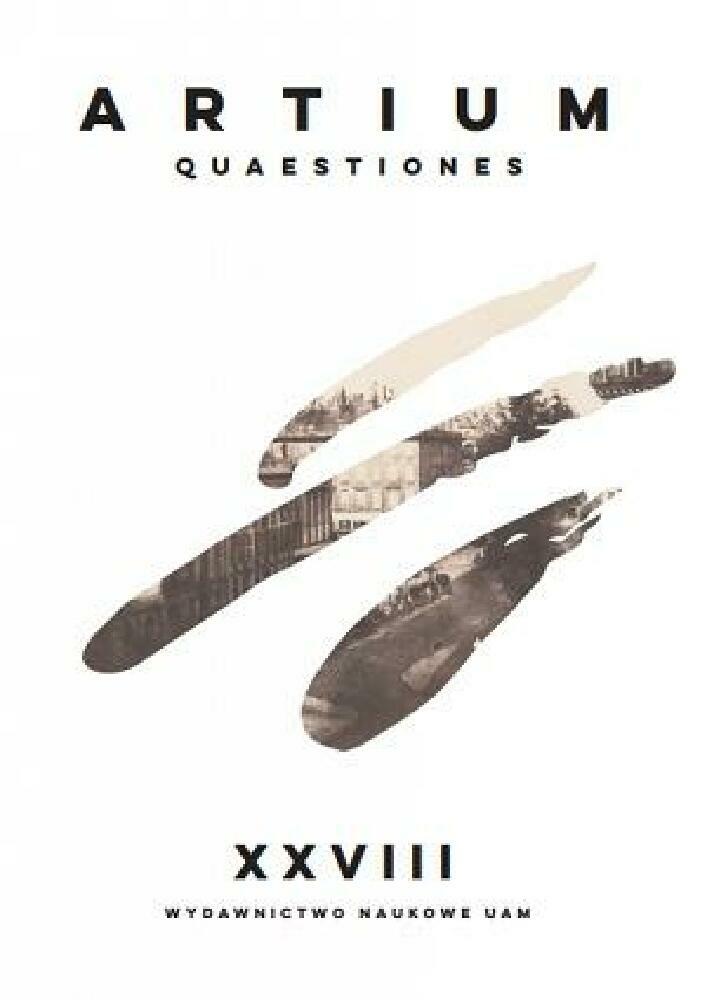Abstrakt
The paper, focused on the works of two American artists of the 1980s, Jack Goldstein and Oliver Wasow, is an attempt to consider the process of crossing boundaries between two different kinds of art. That phenomenon was a characteristic feature of the late twentieth-century art, including also The Pictures Generation to which both artists actually belonged. Both Goldstein, in his paintings from the 1980s, and Wasow, in his photos from the same period, used mediated images and simulated the effects achieved by the advanced technology of nature watching and picture transmission. In consequence, among several features common to the works under scrutiny, one realizes in the first place a significant change in the defining of the medium understood not just as a material and technological aspect of the work, but as a dynamic and complex structure connecting different forms and spaces of artistic expression with the spectator’s experience. Challenging the autonomy of art and the separate identities of its kinds, rooted in the historical avant-garde, leads to a revision of the modernist idea of the medium, as well as to reconsidering the ways in which its changing status influences the semantic potential of paintings and photos. Moreover, the spectacular paintings of Goldstein and photos by Wasow, made and taken in relation to the rapidly changing technology of image transmission, provokes questions about their critical potential: do they denounce the spectacle-making techniques or, as fetishized merchandise, do they just take part in it? The frame of reference are analyses conducted by American critics and art historians who redefined the concept of the medium in contemporary artistic practices, examined the role of photography, and considered the subjection of the late twentieth-century art to the logic of spectacle, such as Rosalind Krauss, Douglas Crimp, and Hal Foster.Licencja
Prawa autorskie (c) 2018 Filip Pręgowski

Utwór dostępny jest na licencji Creative Commons Uznanie autorstwa – Użycie niekomercyjne – Bez utworów zależnych 4.0 Międzynarodowe.
Prawo autorskie regulowane jest oświadczeniem autora przygotowanym przez Wydawnictwo Naukowe UAM a od nr XXVIII także umową licencyjną na publikację online zawartą pomiędzy Autorem i Uniwersytetem im. Adama Mickiewicza. Autorzy ponoszą odpowiedzialność za oryginalność zamieszczanego materiału tekstowego oraz regulację praw autorskich dotyczących materiałów ilustracyjnych. W przypadku, gdy materiały pochodzą od redakcji – odpowiedzialność ponosi redakcja czasopisma.
Ten utwór dostepny jest na licencji Creative Commons Uznanie autorstwa - Użycie niekomercyjne - Bez utworów zależnych 4.0 Międzynarodowe.
